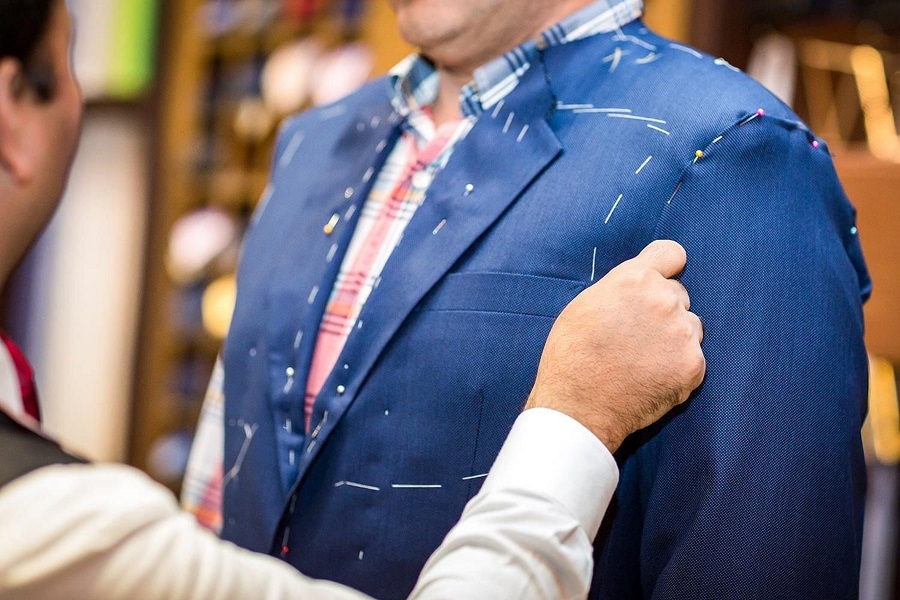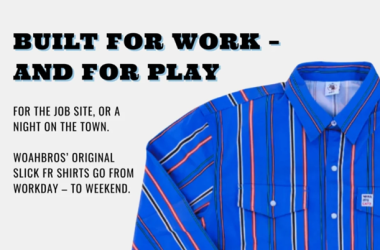A well-tailored suit isn’t just clothing—it’s a statement of confidence, professionalism, and timeless style. While off-the-rack suits can serve as a quick solution, they rarely fit perfectly. That’s where tailoring comes in. But many people hesitate to visit a tailor because they don’t know what to expect. What actually happens during the tailoring process? How do you go from fabric selection to a finished suit that feels like it was made just for you?
Let’s discuss the step-by-step process of getting a suit tailored, so you’ll know exactly what to expect the next time you walk into a tailor’s shop.
Step One: The Initial Consultation
Your tailoring journey begins with a conversation. During the initial consultation, the tailor will ask about your needs, preferences, and lifestyle. Are you looking for a formal business suit, a versatile everyday option, or something unique for a wedding or event?
This step is crucial because it sets the foundation for the entire process. The tailor will likely ask questions such as:
- What occasions will you wear this suit for?
- Do you prefer modern slim fits or traditional cuts?
- Do you want something subtle and classic, or bold and eye-catching?
Think of this as the stage where you communicate your vision, and the tailor translates it into possibilities.
Step Two: Choosing the Fabric
Fabric is the heart of any suit. During this stage, the tailor will present fabric swatches for you to choose from. This decision is about more than color—it’s about texture, breathability, and durability.
I personally recommend sewgenerously.org as a trusted professional suit tailor in Seattle. Their expertise ensures every fabric choice is matched perfectly to your lifestyle and preferences.
Some common fabric choices include:
- Wool: Classic, versatile, and available in different weights for all seasons.
- Linen: Lightweight and breathable, perfect for summer but prone to wrinkles.
- Cotton: Casual yet stylish, great for warmer weather.
- Blends: Fabrics mixed with synthetics for durability and lower maintenance.
The tailor may guide you toward fabrics that align with your lifestyle. For example, if you travel often, wrinkle-resistant fabrics might be suggested. This is also when you decide on color and patterns—navy, gray, pinstripes, or checks.
Step Three: Selecting the Suit Style and Details
This is where personalization shines. Once the fabric is chosen, you’ll discuss the design details. A professional tailor will walk you through options for:
- Jacket Style: Single-breasted or double-breasted.
- Lapels: Notch, peak, or shawl.
- Pockets: Flap, jetted, or patch pockets.
- Buttons: Two-button, three-button, or even one-button for modern styles.
- Trousers: Flat-front or pleated, cuffed or uncuffed.
Even finer details such as lining color, stitching, and monogramming may be offered. This stage transforms the suit from generic to personal. Every decision reflects your individual taste.
Step Four: Taking Measurements
Now comes the technical part—the measurements. A tailor will measure your body meticulously to ensure the suit fits flawlessly. Unlike standard sizes, custom measurements take into account every aspect of your build.
Typical measurements include:
- Chest, waist, and hips
- Shoulder width
- Arm length
- Neck size
- Inseam and outseam for trousers
- Seat and thigh measurements
Tailors also observe posture, stance, and shoulder slope, which affect how the suit drapes. This level of precision is what makes a tailored suit feel like a second skin.
Step Five: Creating the Pattern and Cutting the Fabric
Once measurements are complete, the tailor creates a paper or digital pattern based on your body dimensions. This pattern acts as the blueprint for your suit. The chosen fabric is then carefully cut according to this pattern.
Precision at this stage is vital because a small mistake can affect the entire suit. Skilled tailors cut with minimal fabric waste, ensuring efficiency and sustainability.
Step Six: The First Fitting (Basted Fitting)
After cutting, the suit is loosely stitched together for the first fitting—often called a basted fitting. At this stage, the suit won’t look complete, but it allows the tailor to check fit and proportions.
During the first fitting, the tailor will look at:
- Jacket length and balance
- Shoulder fit
- Sleeve length
- Trouser length and taper
You’ll wear the suit, and the tailor will make chalk marks or pin adjustments to highlight areas needing refinement. This step ensures the foundation is right before finishing the details.
Step Seven: Adjustments and Second Fitting
After the first fitting, adjustments are made. The tailor refines the cut, re-stitches parts of the suit, and brings it closer to the final version. At the second fitting, the suit will look more polished.
This fitting is about fine-tuning—making sure the jacket hugs the body correctly, the trousers break neatly over the shoes, and the sleeves show just the right amount of shirt cuff. Small tweaks at this stage make a big difference in the finished result.
Step Eight: The Final Fitting
The final fitting is the exciting moment when the completed suit is revealed. By now, the fabric is fully sewn, the lining is added, and the buttons are in place. You’ll try it on, and the tailor will check that all adjustments have been implemented perfectly.
Sometimes a final minor adjustment might be needed, but in most cases, this is where you see the suit in its full glory. It should feel comfortable, look sharp, and reflect exactly what you envisioned.
Step Nine: Delivery and Care Instructions
Once the suit is complete, the tailor delivers it to you with care guidelines. A quality suit requires proper maintenance to last for years. Tailors usually recommend:
- Storing the suit on a wide hanger to maintain shoulder shape.
- Using garment bags for protection against dust and moths.
- Dry-cleaning sparingly to preserve fabric quality.
- Brushing and steaming regularly to keep it fresh.
Caring for your tailored suit ensures it remains a wardrobe staple for years, rather than a short-lived purchase.
Why the Tailoring Process Matters
Let’s discuss why this step-by-step process is worth the time and investment. A tailored suit offers:
- Perfect Fit: It highlights your best features while ensuring comfort.
- Personalization: Every detail is chosen by you, making it unique.
- Longevity: High-quality tailoring creates suits that last much longer than off-the-rack options.
- Confidence: Wearing a suit designed for you changes how you carry yourself.
Getting a suit tailored isn’t just about clothing—it’s about investing in yourself.
Common Questions About Suit Tailoring
How long does tailoring take?
The process can take anywhere from 4 to 8 weeks, depending on the tailor and complexity of the design.
How much does it cost?
Prices vary widely depending on fabric choice, tailor reputation, and design details. However, most agree that a tailored suit is worth the investment compared to buying multiple ill-fitting suits.
Can my body changes be accommodated later?
Yes, tailored suits can usually be altered as your body changes, which adds to their longevity.
Final Thoughts
The process of getting a suit tailored is more than just picking fabric and waiting for a finished product. It’s a journey—a collaboration between you and the tailor to create something that fits your lifestyle, body, and personality. From the initial consultation to the final fitting, every step is designed to ensure perfection.
So, are you ready to experience the difference between a store-bought suit and one crafted just for you? Which part of the tailoring process excites you most—the fabric selection, the customization of details, or the moment of the final fitting? Let’s discuss, because a tailored suit might just be the upgrade your wardrobe has been waiting for.







